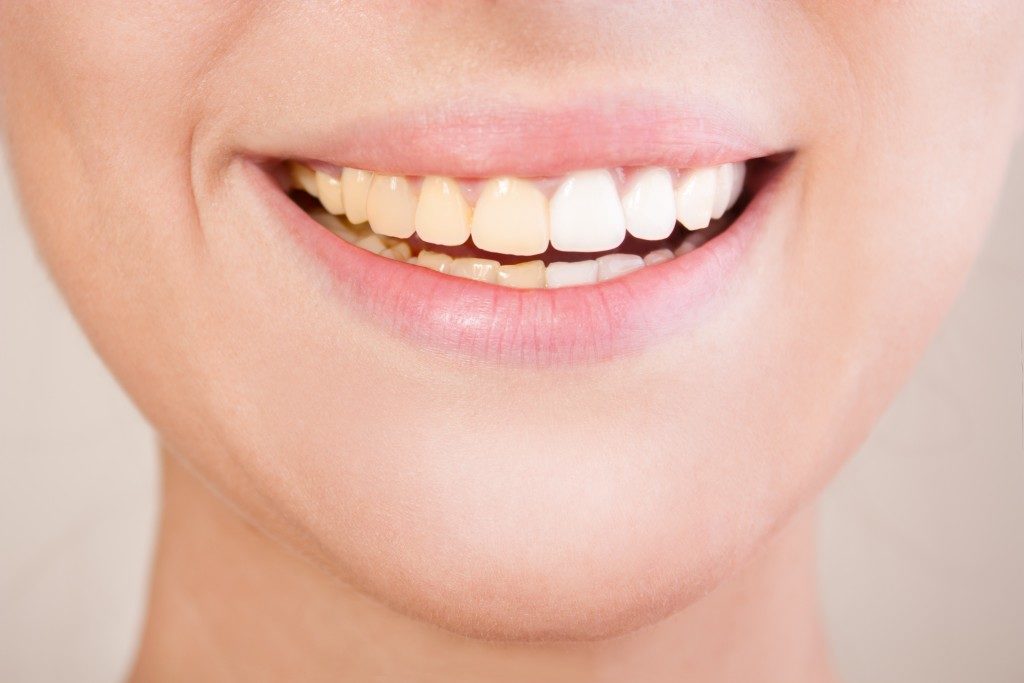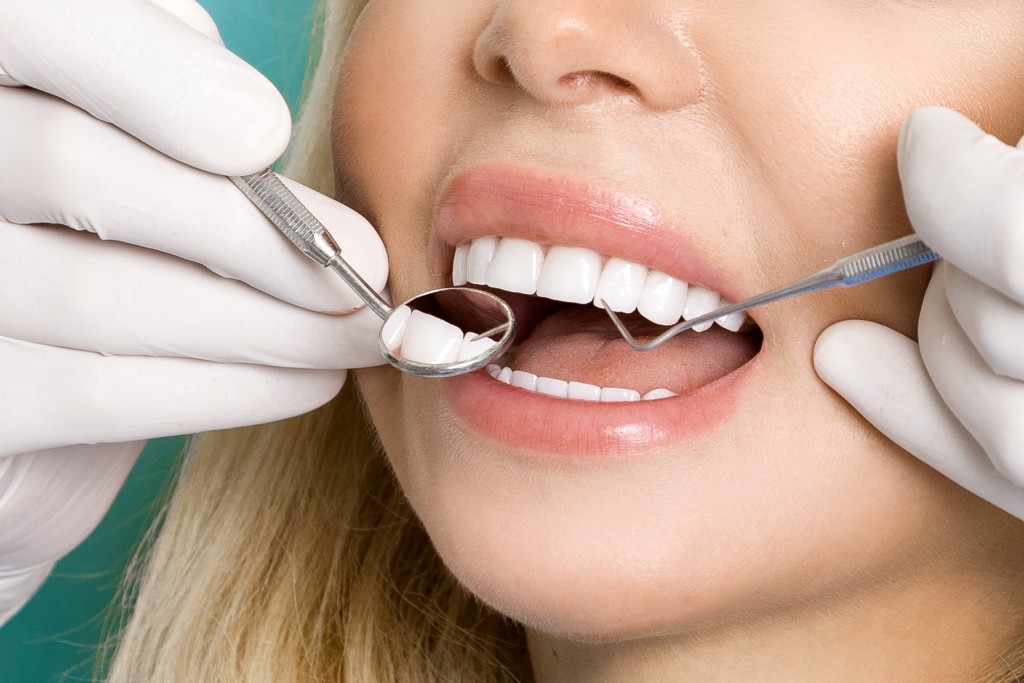Disclaimer: This website provides health information for educational purposes only and is not a substitute for professional medical advice, diagnosis, or treatment. Always seek the guidance of a qualified healthcare provider with any questions you may have.
Today, people are more proactive in caring for their oral health. Their want for stronger teeth, as well as an improvement in their physical appearance, results in a greater demand for dental services. If you are a dental practice specializing in teeth alignment and other orthodontic services, now is the time to take advantage of the growing clientele.
Working with an orthodontic lab for all appliances from clear dental aligners to space maintainers and palatal expanders is a wise business decision. Your practice will benefit from the highest discounts and consequently maximize your profits.
Palatal expansion is one of the common elements you will handle at your practice. It aims to increase the jaw space of your clients to address crowded, crooked, and misshapen teeth. Slow and rapid maxillary expanders are the primary categories of palatal expanders used. Slow maxillary expanders {SME} generate less tissue resistance, improved bone formation, and better post-expansion stability compared to rapid palatal expanders. Here are the types of SMEs.
Coffin Appliance
This is a removable appliance used for slow dentoalveolar expansion. It comprises a U or omega-shaped wire with a thickness of approximately 1.25mm placed in a client’s mid-palatal region. The free end of the wire is inserted in acrylic that covers the palate’s slopes. The spring is pulled apart manually to activate the coffin appliance and begin the expansion of the palate.
Quad Helix Expander

This has four helices used to increase the length of its 0.038-inch wires that are soldered to the bands placed on the first molars. The quad helix expander comes in several prefabricated sizes and can be made of stainless steel or nickel-titanium. The expander is used to generate a rapid crossbite correction. It can also be used for managing class II and III malocclusion, thumb sucking, tongue thrusting, and bilateral or unilateral cleft palate. Though they have limited skeletal expansion, quad helix expanders have exceptional retention and client compliance and are inexpensive to fabricate.
Spring Jet
Dentists attach or solder to a client’s molar bands. It should be placed at a maximum of 5mm from the molar tubes’ center and 1.55mm away from the palatal tissue. These distances are essential for the appliance’s generated forces to pass near the resistance center of the maxillary teeth. The spring jet’s expansion will be activated using a lock screw that will be moved horizontally.
Removable Appliances with Jackscrews
Maxillary expansion, when using a removable appliance with jackscrews, is generated through the buccal tipping of a client’s molars. For bilateral symmetrical expansion, the appliance’s baseplate is installed in the middle such that there is an equal anchor molar number on either of its sides. Removable appliances with jackscrews are removable for cleaning though you will need exceptional patient cooperation to achieve adequate expansion.
These slow maxillary expanders are must-have appliances when your patient needs minimum expansion or unilateral and asymmetrical arch expansion. They will also suffice for bilateral and unilateral crossbites. With the right orthodontic laboratory to fabricate them, you are assured of happy clients. This way, you have repeat clients and exceptional referrals.




